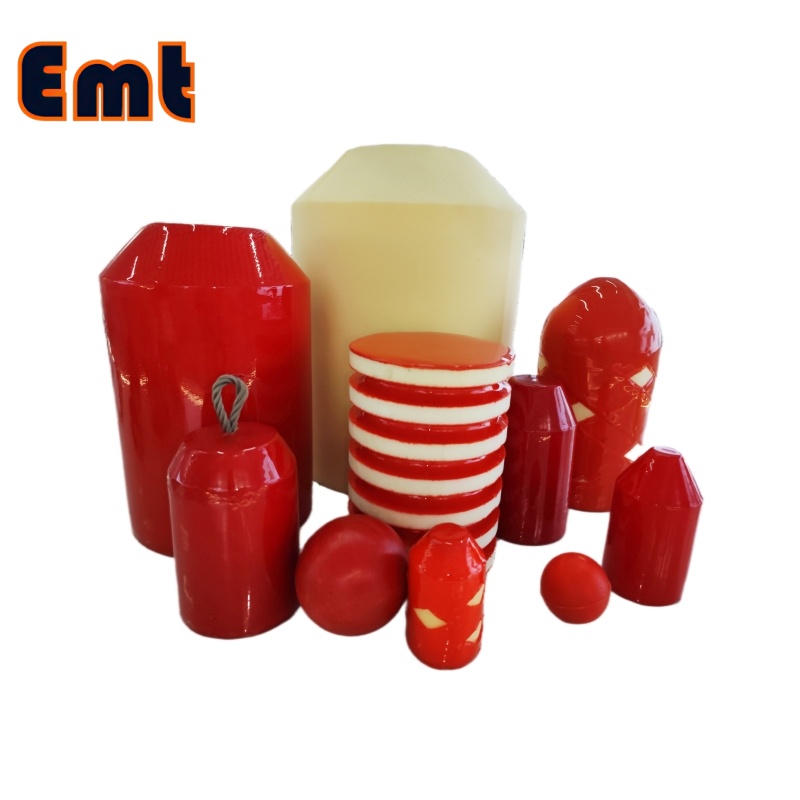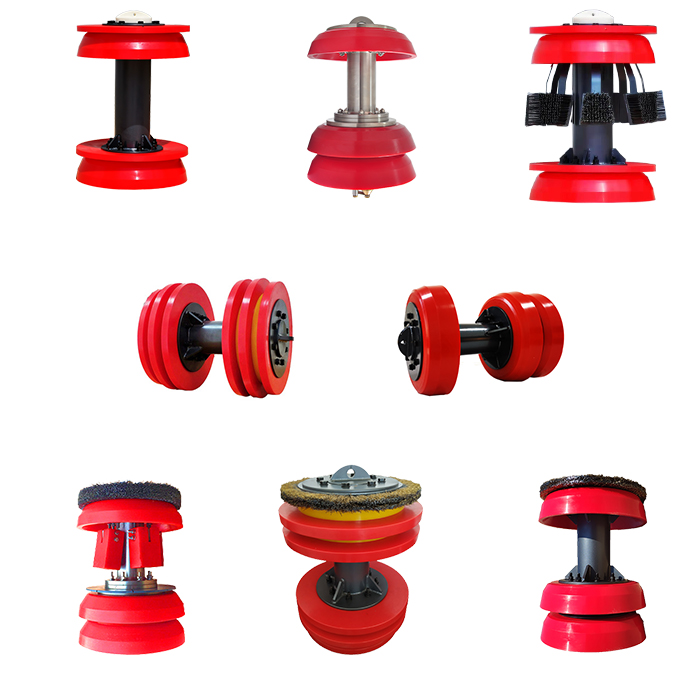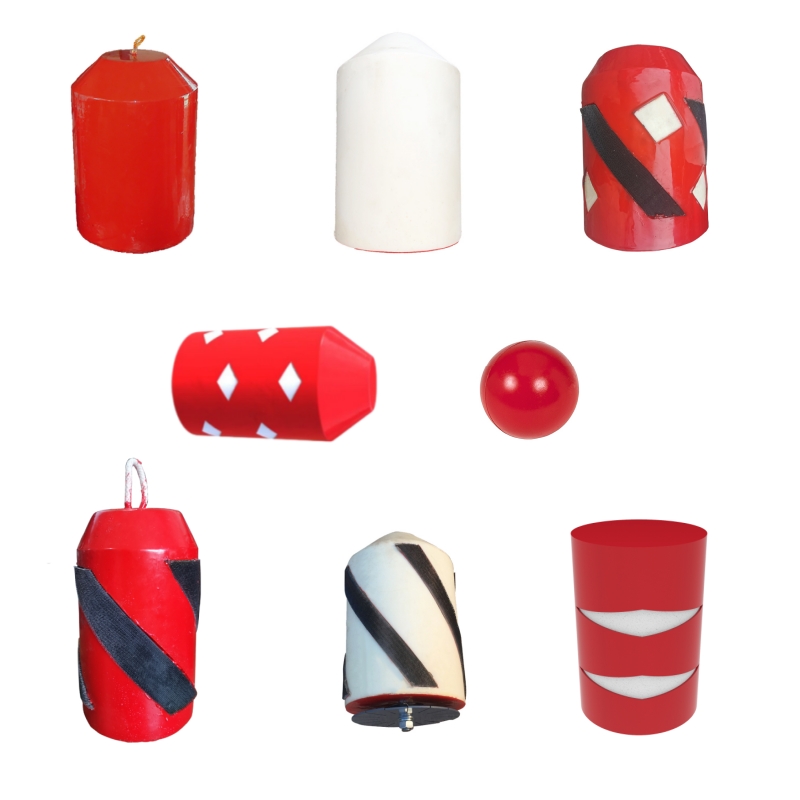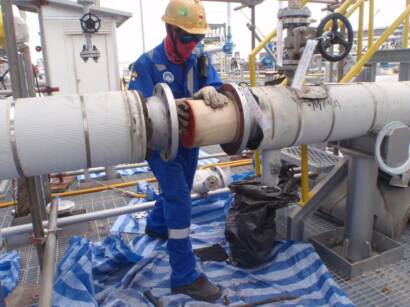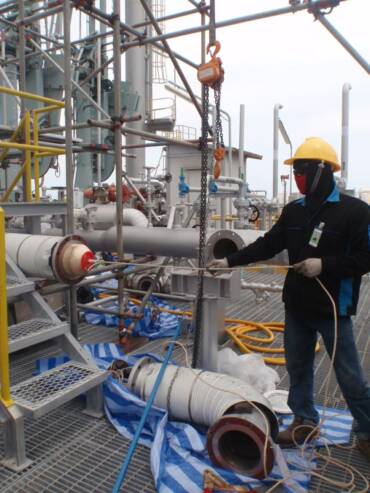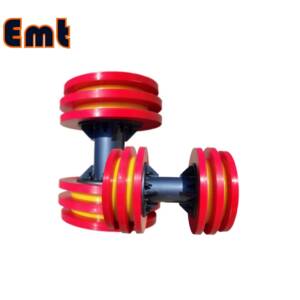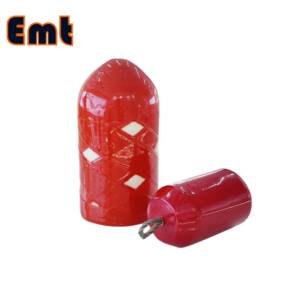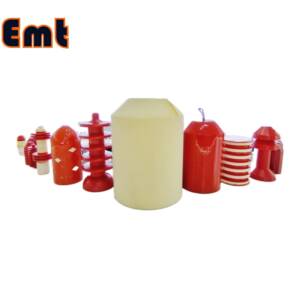Description
What is Pigging?
In general, pigging refers to the practice of using devices known as “pigs”(Pigging Products) to perform various maintenance operations inside pipelines while allowing the flow of the product to continue uninterrupted. These operations include:
Cleaning
Inspection
Separation
Testing
Product recovery
Types of Pipeline Pigs(Pigging Products)
Here are the main categories of pigging products:
1. Cleaning Pigs
Used to remove debris, wax, scale, or other deposits from the pipeline walls.
Foam Pigs: Flexible, lightweight, used for drying and light cleaning.
Steel Mandrel Pigs: Heavy-duty pigs with brushes/discs for aggressive cleaning.
Urethane Pigs: Durable and used for wiping and sealing.
2. Inspection Pigs (Intelligent Pigs)
High-tech pigs that inspect the pipeline for defects using sensors:
Ultrasonic Pigs
Caliper Pigs (measure internal geometry)
3. Sealing or Batching Pigs
Used to separate different products in multiproduct pipelines or to displace liquids:
Cup Pigs: Provide excellent sealing.
Disc Pigs: Used when higher sealing or scraping is required.
4. Gel Pigs
A semi-solid pigging method using a gel-like substance to clean or displace fluids in complex pipelines.
Pigging System Components (Pigging 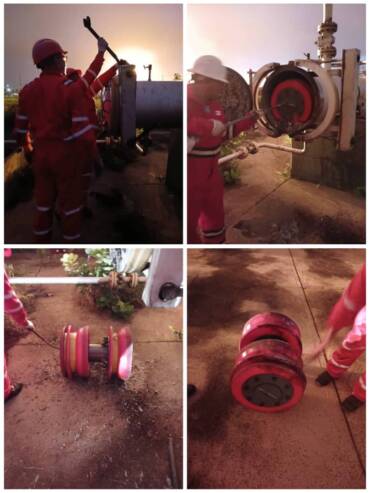 Products)
Products)
1. Pig Launcher
The pig launcher is a specially designed section of the pipeline system that allows for the safe and controlled insertion of a pig into the pipeline. It is typically located at the start of the pigging section.
It consists of a barrel, closure door, kicker line, and isolation valves. The launcher is pressurized to match the pipeline pressure before the pig is launched. Once the pig is inserted into the barrel, it is propelled by the flow of the product or by another fluid. Launchers are designed for both manual and automated operation, depending on the application.
2. Pig Receiver
The pig receiver is installed at the end of the pigging section and is used to safely collect and remove the pig after it completes its journey through the pipeline. It consists of a barrel similar to the launcher, with a closure door for pig retrieval. The receiver also includes pressure relief and venting systems to ensure safety during pig removal. After pigging, the receiver is isolated from the main pipeline and depressurized before opening. It is essential in ensuring that the pig is safely extracted without releasing pipeline fluids or gases.
3. Pig Detection System (Pig Signaller or Pig Tracker)
The pig detection system is essential for monitoring the movement and confirming the location of pigs as they travel through the pipeline. These systems can be mechanical, magnetic, acoustic, or electronic. To facilitate detection, permanent or temporary pig signallers are mounted on the pipeline at key points. As a result, they can detect the passage of the pig and provide real-time updates. Consequently, detection helps operators ensure that the pig has successfully completed its run and has not become stuck or lost. In summary, an effective pig detection system enhances pipeline safety, reliability, and operational efficiency.
Benefits of Pipeline Cleaning
First and foremost, it increases pipeline efficiency by ensuring smooth and uninterrupted flow.
In addition, it reduces operational costs by minimizing downtime and avoiding costly repairs.
Moreover, it prevents blockages and corrosion, which can lead to serious pipeline failures.
As a result, it enables accurate inspection by removing debris and buildup that could interfere with inspection tools.
Finally, it reduces waste in product transfer, thereby improving overall system performance and sustainability.
Industries That Use Pigging Products
Oil & Gas (upstream, midstream, downstream)
Food & Beverage (to reduce product loss)
Chemical and Pharmaceutical
Water and Wastewater treatment


